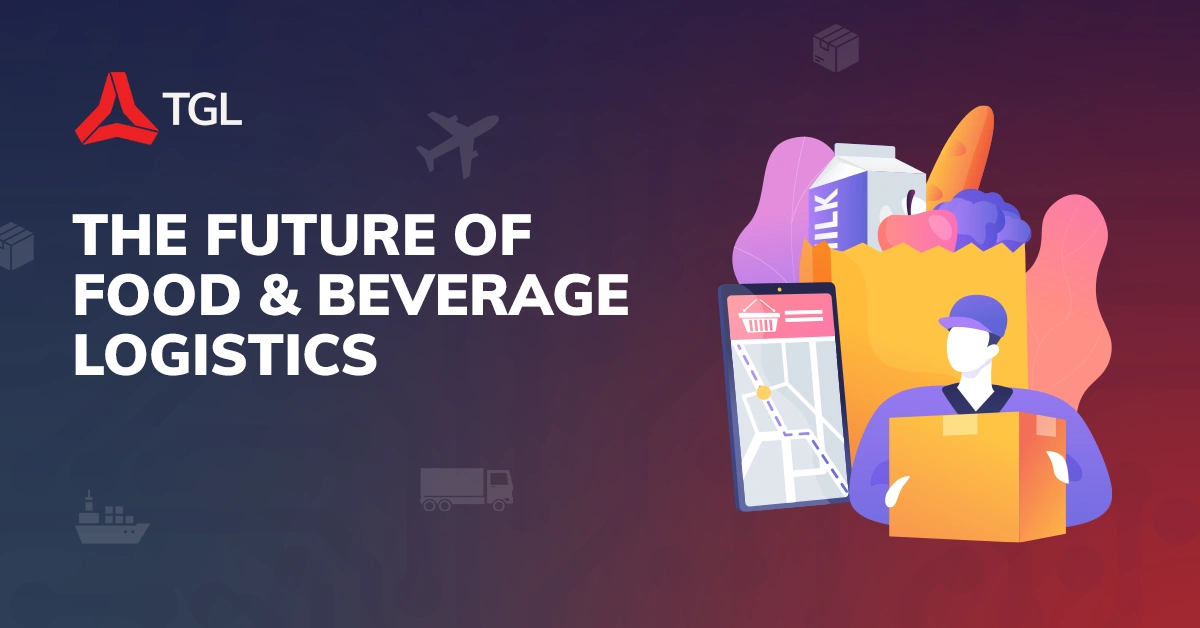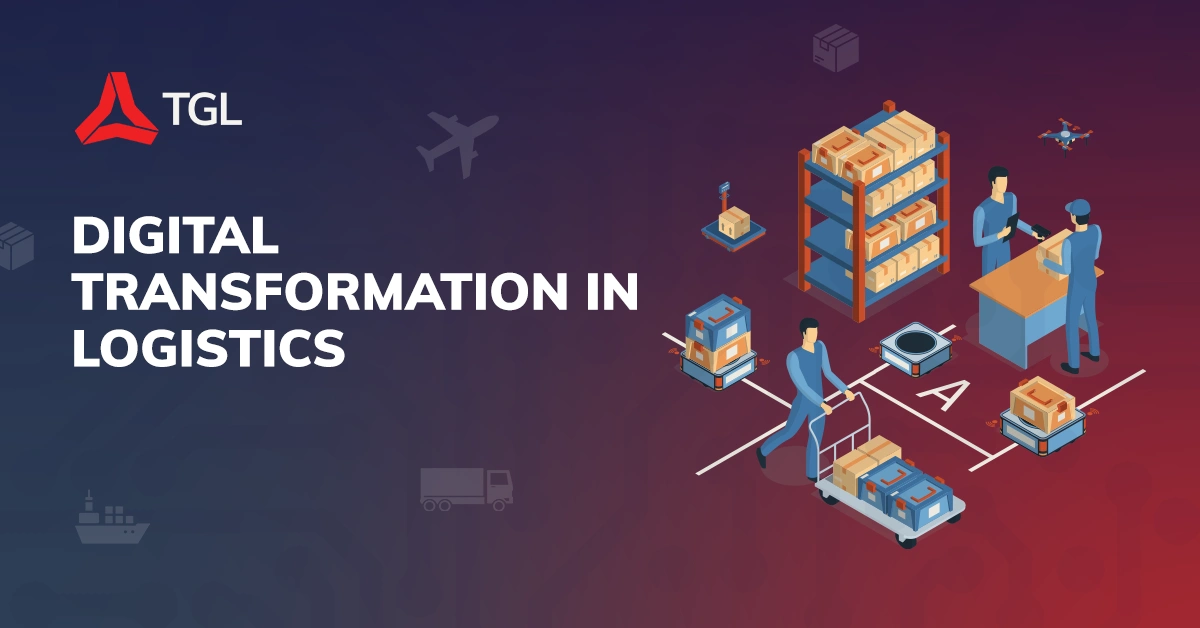ACCC Stevedore Monitoring Report Review

The Australian Competition and Consumer Commission (ACCC) has produced the "Container Stevedoring Monitoring Report 2019-2020" that presents information on the financial and operational performance of the monitored container stevedores within the logistics sector. This report also provides observations into the key developments of the sector. Within the logistics sector, more specifically, this report relates to the sea freight category and the major stevedores within its market.
A discussion on the key findings of the report and TGL's lessons learnt is provided below.
Stevedore revenues increase despite a significant reduction in container volume
Through monitoring, the ACCC found that Stevedore's total revenue at monitored ports has increased by $38 million or 2.8 percent, despite the significant drop in container volumes. It appears that the major driver of revenue increases was further increases in Terminal Access Charges (TAC's) or infrastructure charges. The ACCC reports that TAC's have aggregately increased by $87.6 million, or 51.9 per cent, since 2018-19.
The Freight and Trade Alliance (FTA) and the Australia Peak Shippers Association (APSA) continue to explain that Stevedores are operating in a highly competitive environment with limited shipping lines serving the Australian market and larger vessels deployed under consortia arrangements. Due to this, Stevedores are clearly reducing quayside charges imposed on shipping lines to retain and win new business and are making up the lost revenue and achieving significant profits through an increase in landside charges.
From this, TGL has learnt that due to this increase in surcharges with importing and exporting, many clients are affected by this increase. As we continue, we hope to see this surcharge decrease to better assist our clients with their shipping costs.
Appropriateness of the point of charging
The ACCC reports that freight forwarders, importers, and exporters are contracted with partner shipping lines to send cargo. With this, many shipping lines are required to choose the stevedore and with the rise of TAC's, many stevedores are presenting a 'take it or leave it' proposition. Meaning, they are pressuring shipping lines to pay the surcharge to deliver their cargo or to leave it and not deliver their cargo. Since landside port users cannot directly choose their stevedore, there is very minimal effective constraint on these rising charges and who has to pay them.
Congestion Surcharges
The ACCC reports that for reasons that were not clear at the time of drafting this report, some shipping lines have imposed a 'congestion charge' on senders and receivers of up to US$350 per standard container in Sydney, which is attributed to congestion at Port Botany. The ACCC is watching developments around congestion charges closely, noting that we consider these should be temporary (and only if justified and reasonable) and not become embedded fees borne by importers and exporters.
TGL learns from this that our market is heavily influenced by outside factors such as weather, politics, and union action. With this influence, comes unpredictable fees and surcharges that impact our clients and partners. With the congestion at Port Botany clearing, we believe it is only acceptable for shipping lines to eliminate or reduce their 'congestion surcharge'. Without this change, the logistics and sea freight industry will be greatly impacted as many clients and partners begin to ship their goods with minimal financial gain or potentially at a loss due to the highly inflated costs.


